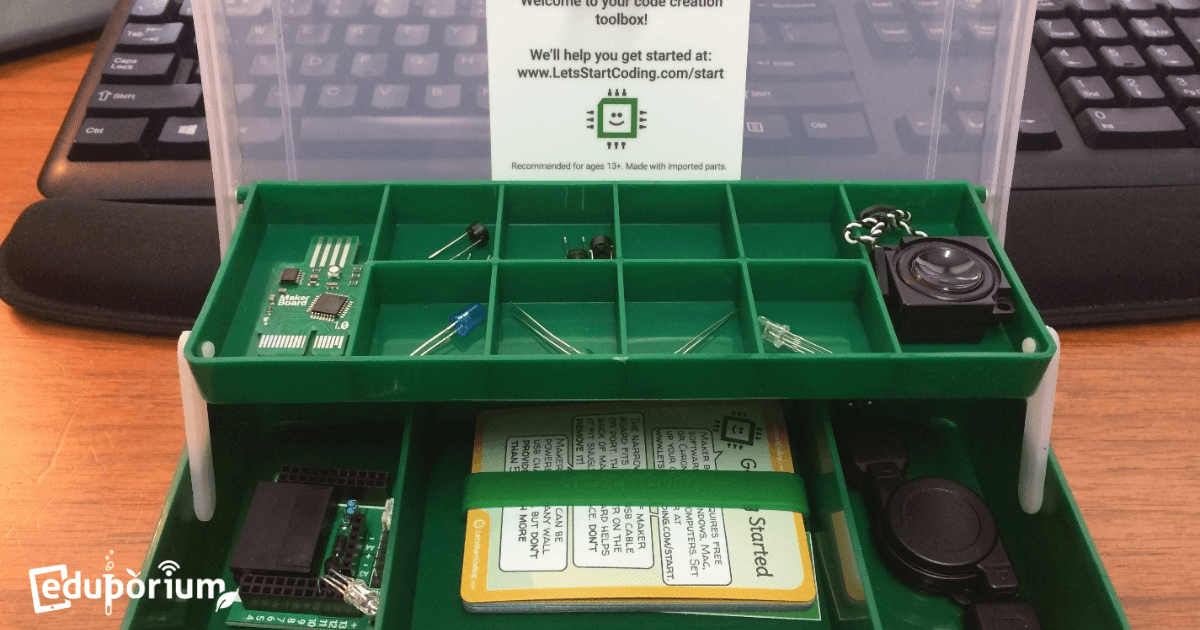One of our newest and most exciting partners, Let's Start Coding, released a number of free teacher resources earlier this week that will help teachers from grades 4 through 12 bring typed computer coding into their classrooms.
Of course, coding is an extremely hot topic in modern education and has enormous implications on the futures of today’s students. As the flood of coding toys, tools, and websites out there continue to grow, we chatted with Weston Hagan, Director at Let’s Start Coding, about, among other things, why it’s important to think about and connect with existing academic standards when building a coding product.
Why do standards and teacher resources matter so much at Let’s Start Coding?
The world of learning to code, at least in the K-12 sphere, is a little bit like the “Wild West” right now. There are lots of new things being tried, but we think it’s also important to step back and ask “How can we tie in some of this new content to the existing frameworks of the education world?”
If the goal is to tie coding into existing standards, how do you do that?
Well the first thing that we do is to look at the skills that coding employs or requires. Using our coding kits and our lessons requires reading, troubleshooting, math, attention to detail, logical thinking, creating hypotheses and tests, recording outcomes, and more. Those skills aren’t new, but we’re looking at them in a new context. So we figure out the most important skills that coding requires, then we stay up-to-date with what’s being measured and achieved with existing standards.
What about the new or tech-specific standards from places like CSTA (Computer Science Teacher’s Association)?
Our resources tie into those, too! For those who may not be familiar, CSTA has put out some standards that are very specific to computer science and have some outcomes that would be difficult to achieve without actually coding. I think that as computer science gains more momentum and ‘mindshare’ in the classroom, we’ll see standards adapt to more specific coding/computer science outcomes, like the CSTA standards have.
What do you hope to achieve by creating these teacher resources and putting them online for free?
We want to support teachers who are interested in bringing coding to their classroom. Most teachers aren’t spending all day thinking about coding like we are, so we want to help them make connections that may not be obvious at first glance. By ‘meeting them where they are’ and creating lesson plans that can apply to english, math, science, reading, technology or coding standards, we hope we can enable more teachers to give coding a try as a lesson, unit, or an entire semester.
Let’s Start Coding has created two introduction to coding kits, which you can find on the Eduporium store as well as on their website!



